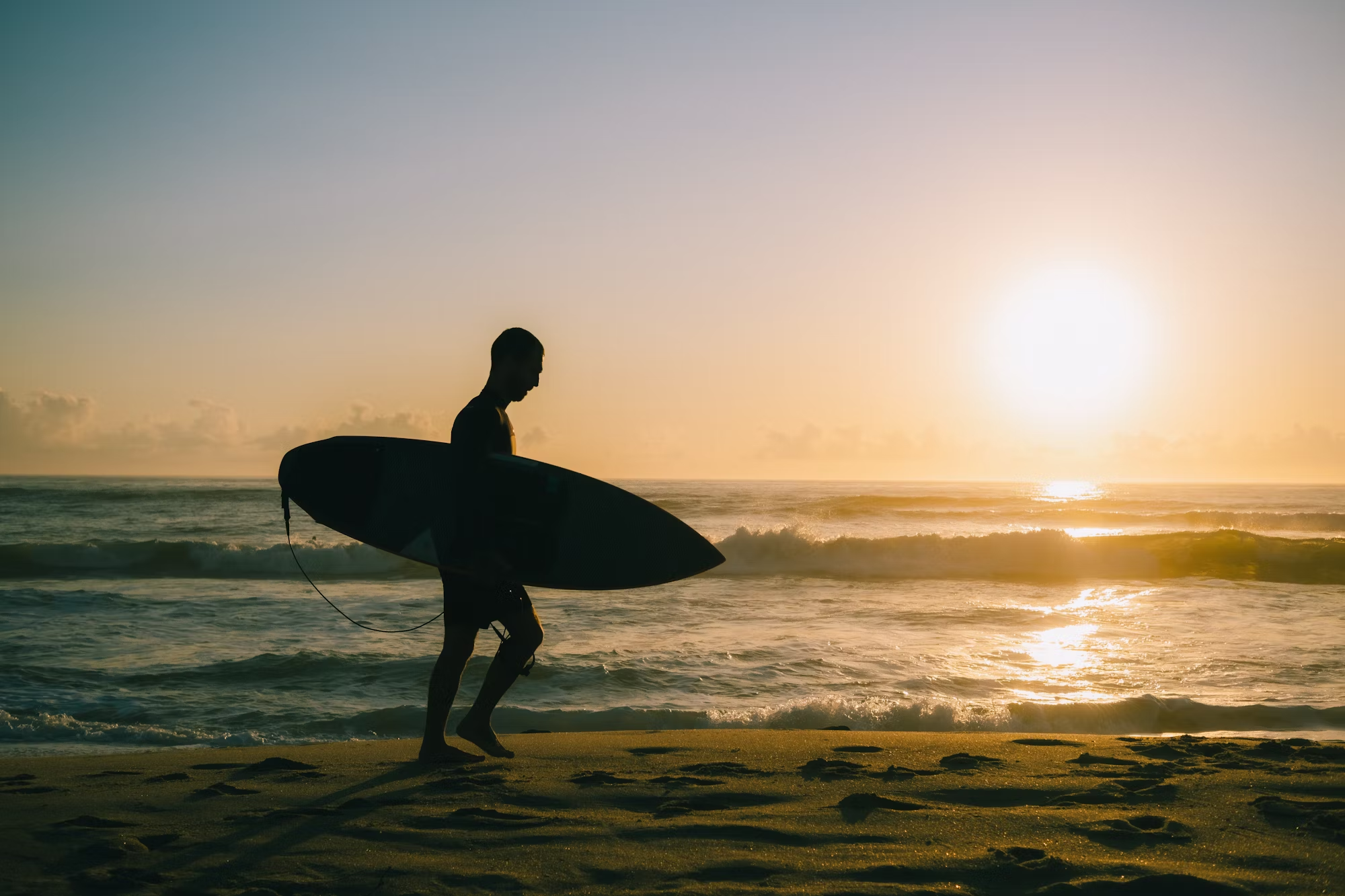
Surfing is a dynamic sport that captivates enthusiasts around the globe. From the adrenaline of catching a massive wave to the tranquility of a calm paddle on a stand-up board, surfing encompasses a diverse range of styles and experiences. Each surfing discipline offers unique techniques and cultural significance, contributing to the rich tapestry of the surfing community. In this article, we will explore the major surfing styles, their intricacies, and the culture that surrounds them.
Shortboarding is arguably the most recognized form of surfing, known for its fast-paced and aggressive style. Shortboarders utilize smaller, thinner boards that allow for rapid maneuvering and high-speed turns. This style is characterized by dynamic movements, including aerial tricks and sharp cutbacks, making it a thrilling spectacle for spectators. Shortboarding demands a combination of strength, balance, and skill, as surfers must quickly adapt to the ever-changing conditions of the ocean. Surfers often spend countless hours honing their techniques, pushing their limits to achieve the ultimate ride.
In contrast, longboarding offers a more laid-back approach to surfing. Longboarders use boards that are typically nine feet or longer, which allows for smoother and more graceful movements. The art of noseriding, where the surfer walks to the front of the board while riding a wave, exemplifies the beauty of longboarding. This style emphasizes fluidity over speed, encouraging surfers to connect with the wave and the ocean in a serene manner. Longboarding fosters a strong sense of community, as practitioners often gather for local contests, beach cleanups, and social events, celebrating the culture of riding together.
Bodyboarding presents another unique facet of wave riding. Surfers lie on a smaller, rectangular foam board, riding waves close to the shore. Bodyboarding is often seen as more accessible for beginners, as it requires less balance and provides an intimate experience with the water. Bodyboarders perform a variety of maneuvers, including spins, rolls, and aerials, showcasing their creativity and skill. The bodyboarding community is known for its camaraderie, with enthusiasts sharing tips, stories, and experiences at popular beach spots around the world.
Stand-Up Paddleboarding (SUP) has surged in popularity in recent years, offering a versatile blend of surfing and fitness. In this discipline, surfers stand on larger boards and use paddles to navigate through flatwater or catch waves. SUP can be enjoyed in various settings, from serene lakes to ocean waves, making it a favorite for many. In addition to its recreational aspects, SUP has become a popular choice for yoga enthusiasts who practice on their boards, combining physical fitness with mindfulness and connection to nature. This inclusive aspect of SUP has opened the sport to a broader audience, encouraging people of all ages and backgrounds to participate.
Tow-In Surfing is a thrilling technique that allows surfers to ride massive waves that are often too powerful to paddle into. Using personal watercraft, surfers are towed into the wave, enabling them to catch swells that can reach heights of 20 feet or more. This high-adrenaline style requires not only skill but also a deep understanding of wave dynamics and safety measures. Tow-in surfing has gained recognition through spectacular performances in big wave locations like Jaws in Hawaii and Nazaré in Portugal, captivating audiences with its intensity.
Tandem Surfing adds a unique twist to traditional surfing by involving two surfers riding a single board together. This style emphasizes trust and coordination, as one surfer (the “driver”) performs lifts and tricks with their partner. Tandem surfing showcases the beauty of collaboration and creativity, creating a stunning visual display that highlights the connection between the surfers and the ocean. Events dedicated to tandem surfing often draw enthusiastic crowds, celebrating the artistry and teamwork involved.
Skimboarding, while distinct from traditional surfing, is another exhilarating water sport that deserves mention. Skimboarders ride a smaller board on shallow water, typically near the shore. The technique involves running and dropping the board onto the thin wash of an incoming wave, then riding it back to the beach. Skimboarding requires a different skill set, focusing on balance and timing. This sport is particularly popular in warm coastal areas, and skimboarders often gather for contests and social events, fostering a strong sense of community.
As surfing evolves, technology plays an increasingly significant role in enhancing the experience. Advancements in board design, wetsuit materials, and wave forecasting apps have transformed how surfers interact with the ocean. Surfers can now access real-time information about wave conditions and surf spots, allowing for better planning and preparation. This technological integration has also facilitated the growth of online communities where surfers share tips, experiences, and resources, further enriching the surfing culture.
The cultural significance of surfing extends beyond the sport itself. It has influenced music, art, and fashion, creating a vibrant subculture that resonates with many. The imagery of surfers riding waves is often celebrated in photography and film, capturing the essence of the sport. Surf music, rooted in the 1960s, continues to inspire new generations, embodying the carefree spirit associated with surfing.
Moreover, surfing fosters environmental awareness and conservation efforts. Many surfers are deeply connected to the ocean and understand the importance of protecting it. Initiatives like beach cleanups and advocacy for sustainable practices have become integral parts of surf culture, encouraging surfers to take an active role in preserving the ecosystems they cherish. Organizations dedicated to marine conservation often partner with the surfing community to promote awareness and inspire action.
In conclusion, surfing is a multifaceted sport that offers a wealth of experiences, styles, and cultural significance. From the adrenaline of shortboarding to the grace of longboarding and the creativity of bodyboarding, each discipline contributes to the rich tapestry of the surfing community. As surfing continues to evolve, it remains a source of inspiration, connection, and joy for people worldwide. Whether you are an experienced surfer or someone curious about the sport, the ocean invites you to explore its waves and become part of this vibrant culture.



